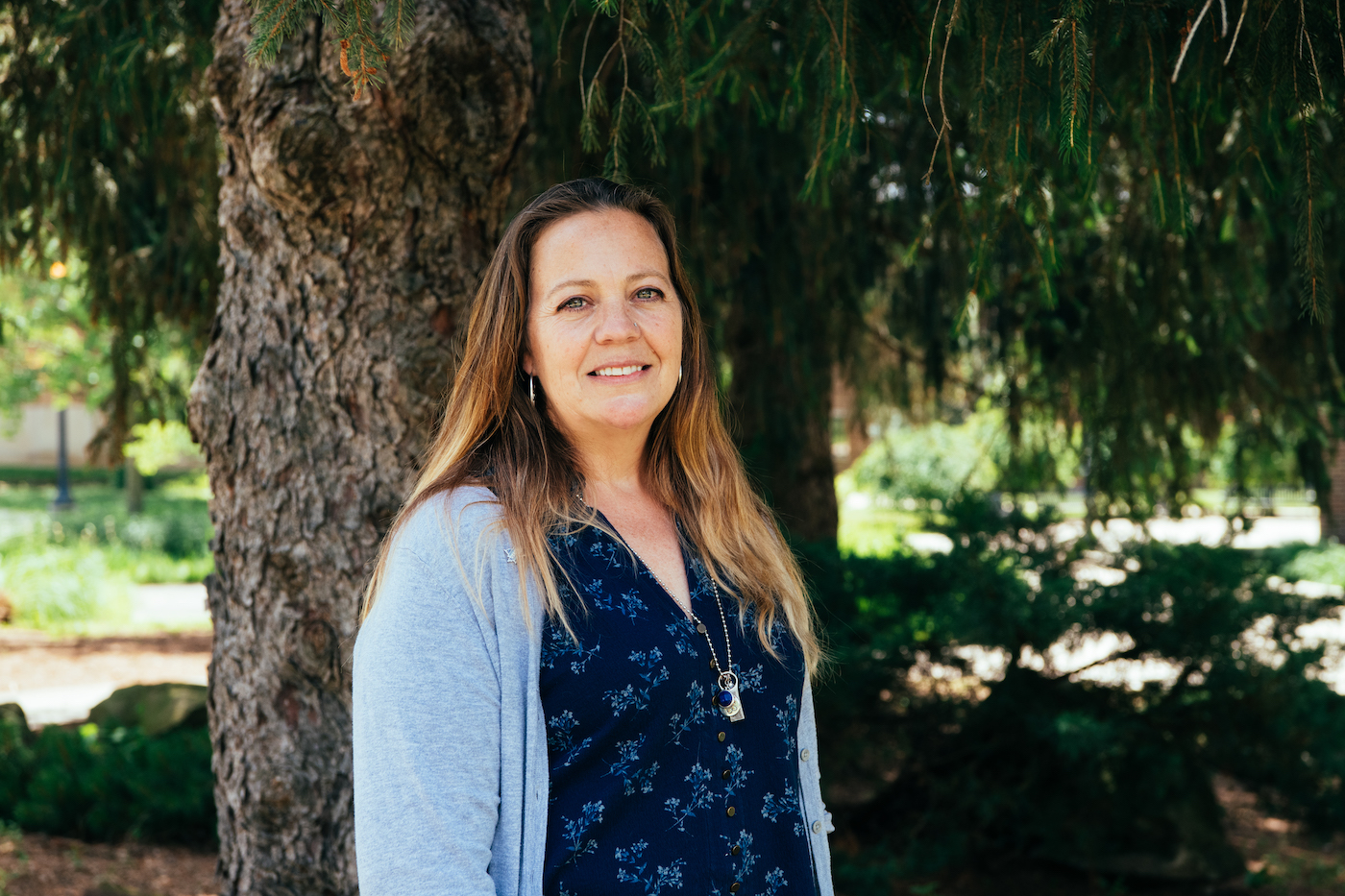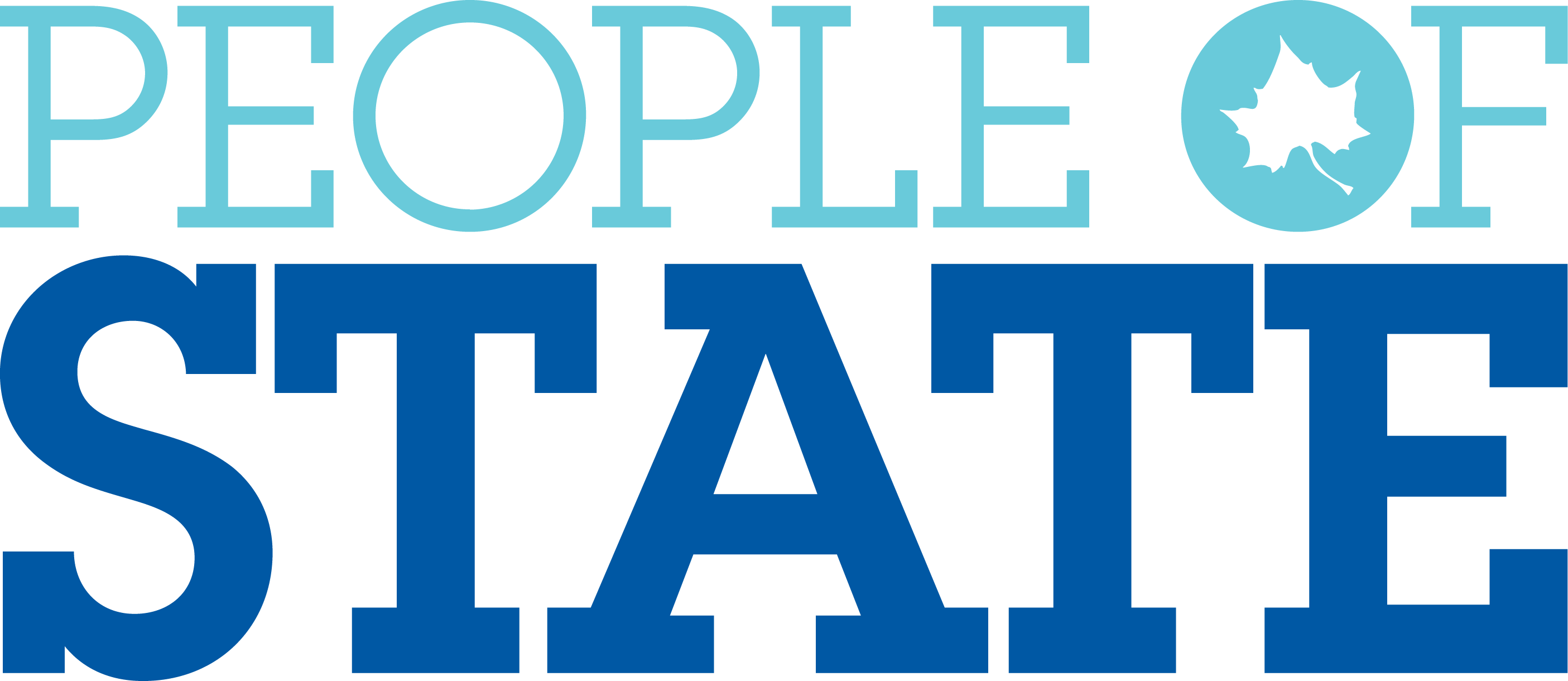
Kathryn Mudica
By Indiana State University
Jun 17, 2019
Kathryn Mudica’s, ’17, GR’19, path to a PhD has been “non-traditional” in a lot of ways.
She was a 40-year-old mother with a degree in visual communication design when her family left Elkhart’s 18 percent unemployment looking for greener pastures and some work at the start of the recession in 2008.
“We came to Terre Haute because a friend told me there was work here and I went to the food stamp office, where a person behind the desk could tell I really wanted to work,” she said. “They said if I wanted work I could go next door where there was a call center, so I went and they hired me as a manager for about five year until the call center closed and I ended up back in college.”
Mudica held a degree in visual communications but, by the 2000s, those skills weren’t in high demand, so she decided to start over at the age of 48. She enrolled at Ivy Tech for a two-year degree and applied to nursing school, but was told that most nurses eventually needed a four-year degree.
“I knew it was really science that I loved, so I switched to biology and applied to ISU and was accepted,” she said. “My advisor, Jen Latimer in earth sciences, hired me to work in her lab researching metal contamination in fish to finish my bachelor’s degree. I did three semesters at ISU completing my bachelor’s degree and that last semester Jen encouraged me to take the GRE and offered me a graduate position. In my last semester of my master’s degree, she asked me to apply for the PhD position. Five years later, I’m in the PhD program at Indiana State.”
Mudica was working as a lab assistant in the bio-geochemistry lab and had done a lot of geochemistry working with soils and sediment samples. When the Student Undergraduate Research Experience came to be, she applied and Jen Latimer suggested she look at fish in the lab.
“I studied fish for almost a year and then graduated and my last year of my master’s degree I got an email from Dr. O’Keefe about the Department of Natural Resources that they had otter carcasses collected from Indiana and if a researcher wanted part of the otters they could come and take what they wanted,” she said. “I asked for the livers and then talked to Dr. Latimer and we decided to test the otters’ livers to see how much metal has accumulated, which is really how much contamination is in the fish and that can tell you if people eat that much fish how much would be in humans.”
After taking a couple of graduate-level courses her senior year of undergraduate study, Mudica began collecting the otters in preparation to begin testing them when she started her master’s degree. This fall, she will begin work on a PhD in spatial and earth science.
She will official graduate with her master’s degree in earth and quaternary sciences in August, though her husband, a 1983 State graduate and her son, who is a senior geology major working in the same lab as Mudica, got to see her walk across Hulman Center for the second time in May.
Now 52, Mudica plans to go into academia and continue research in freshwater and freshwater contamination, especially in Indiana.
“I love Indiana and I think it’s really important that researchers research where they are,” she said. “I’ve always been interested in science so when I went back to school in 2014, I knew it would be in a science-related. I never thought I would go for a bachelor’s degree in biology though, but ISU has opened up so many opportunities for me. Even as a non-traditional student, this is such an inclusive place.”

